Received my hoyas today
golden_ca_2000
11 years ago
Related Stories
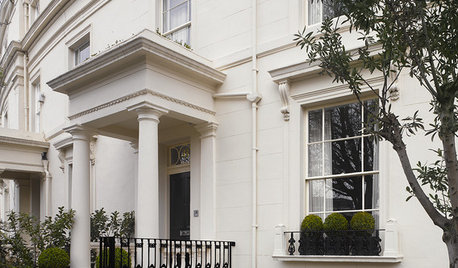
DECORATING GUIDESGeorgian-Inspired Elegance Lives on in Today's Homes
Classical design from a bygone era gives today's homes beautiful proportions, subtle color palettes and decorative architectural features
Full Story
DECLUTTERING10 Types of Clutter to Toss Today
Clear the decks and give the heave-ho to these unneeded items
Full Story
GREEN BUILDINGChampioning the Solar House, From the 1930s to Today
Homes throughout history that have used the sun offer ideas for net-zero and passive homes of the present, in a new book by Anthony Denzer
Full Story
FIREPLACESHeat Your Space in Style with Today's Wood-Burning Stoves
Cleaner burning and streamlined, new wood-burning stoves warm up the room
Full Story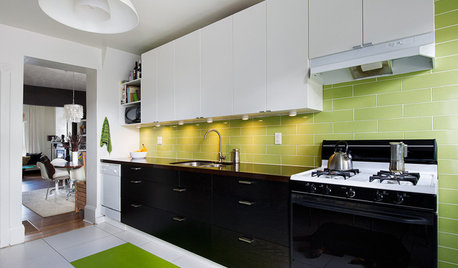
KITCHEN DESIGNKitchen of the Week: Budget-Friendly Boosts in Toronto
Blandness gets the boot as a Canadian kitchen receives a bold dose of color and custom cost-conscious storage
Full Story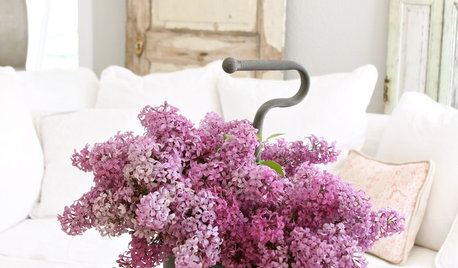
GARDENING GUIDESLet Lilac Love Flower This Spring
Whatever you bestow or receive for Mother's Day, lilacs can be an unmatched gift in the garden in May
Full Story
ARCHITECTURE3 Home Design Solutions to Challenging Building Lots
You don't need to throw in the towel on an irregular homesite; today's designers are finding innovative ways to rise to the challenge
Full Story
SHOP HOUZZShop Houzz: Cool and Clever Tech Gifts Everyone Will Love
Today everyone is living ‘smart,’ so tech makes the perfect gift!
Full Story
ARCHITECTUREArt Deco Elements Create a Contemporary Flap
The rich colors and angled forms of this retro style are still jazzing up interior designs in all manner of homes today
Full Story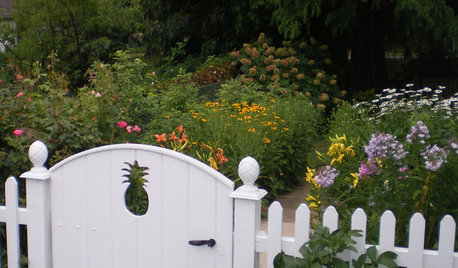
DECORATING GUIDESDesign Mystery: Why Do Pineapples Sprout Up in Home Design?
Early Americans were bananas about pineapples — and we’re still reaping the benefits of the sweet fruit’s symbolism today
Full Story





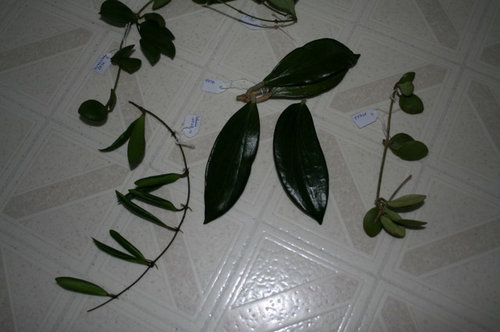
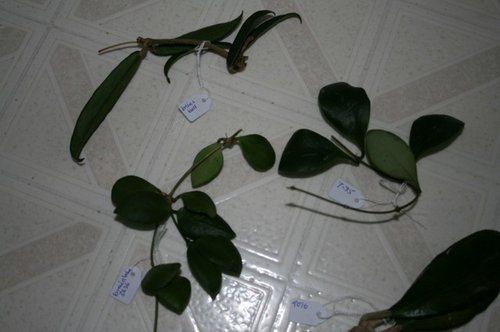
greedygh0st
greedygh0st
Related Professionals
Ballwin Landscape Architects & Landscape Designers · Milwaukee Landscape Architects & Landscape Designers · North New Hyde Park Landscape Architects & Landscape Designers · Garden City Landscape Architects & Landscape Designers · Tempe Landscape Contractors · Tempe Landscape Contractors · Blue Springs Landscape Contractors · Canyon Lake Landscape Contractors · Damascus Landscape Contractors · Fruit Heights Landscape Contractors · Norristown Landscape Contractors · North Aurora Landscape Contractors · Centreville Driveway Installation & Maintenance · Fort Worth Driveway Installation & Maintenance · Hayward Driveway Installation & Maintenancepenfold2
greedygh0st
penfold2
amber_m
penfold2
puglvr1
golden_ca_2000Original Author
puglvr1
mdahms1979
greedygh0st
amber_m
penfold2
greedygh0st
penfold2